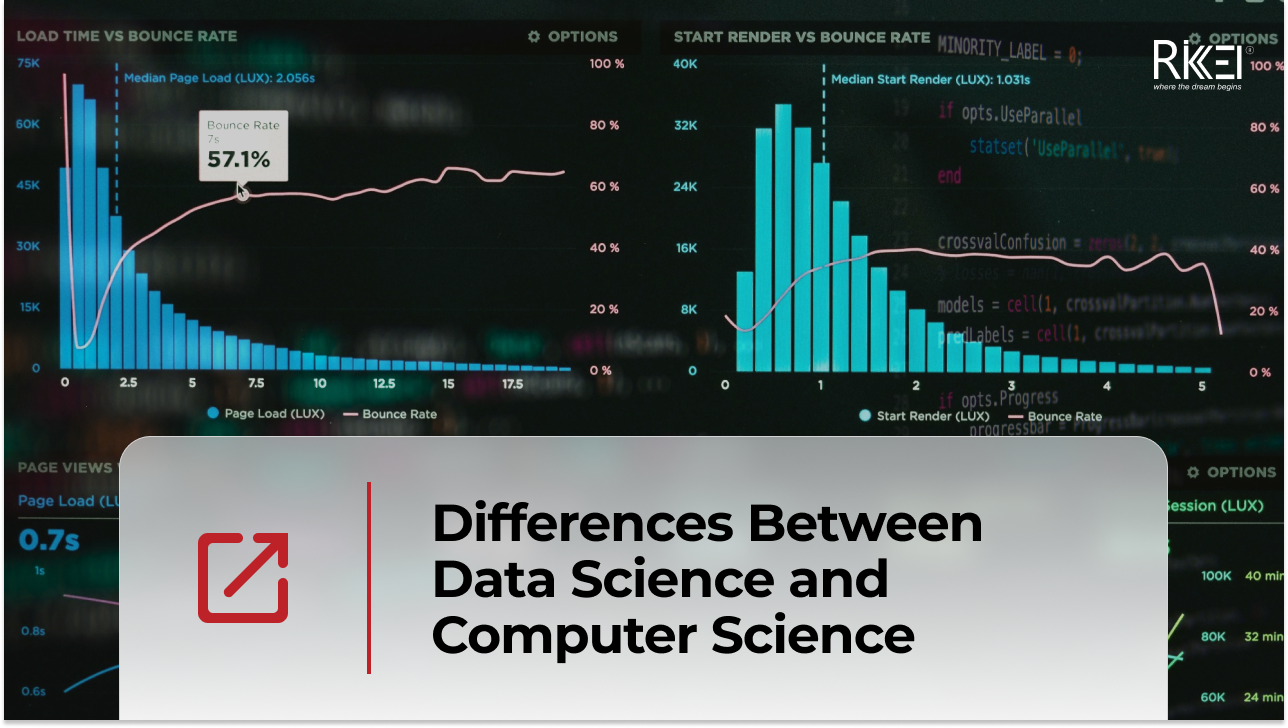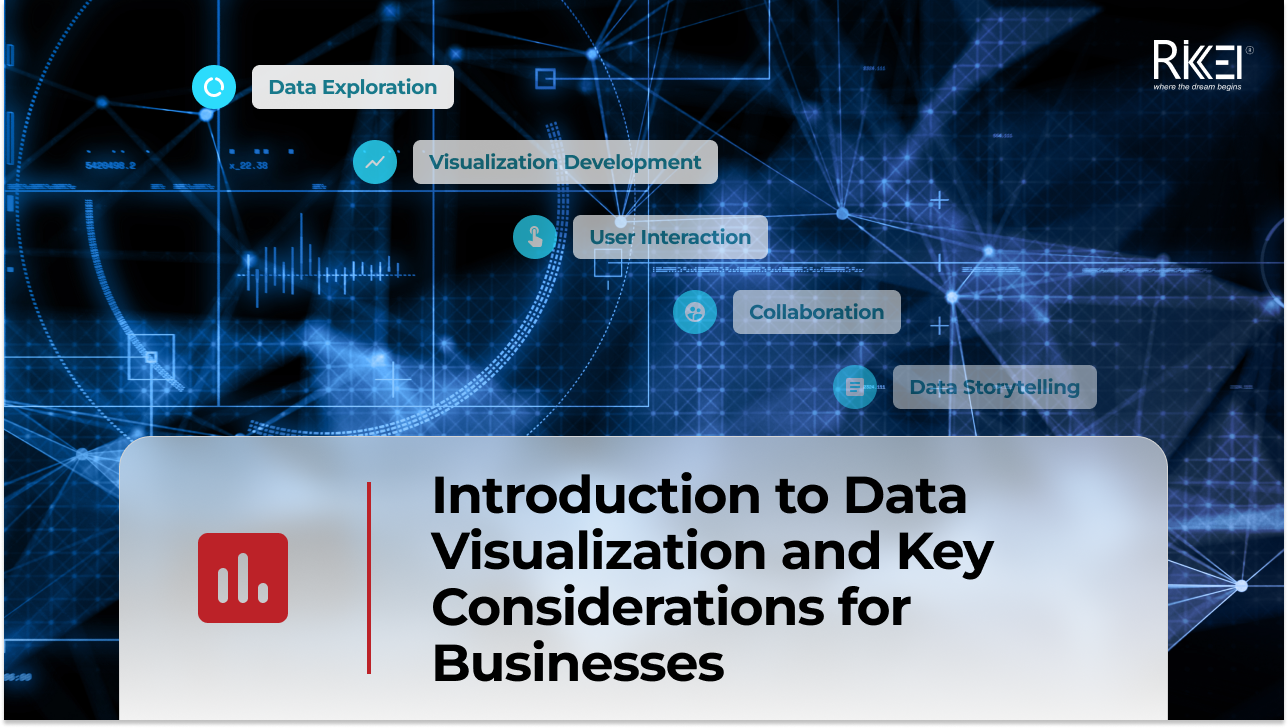Insurtech’s Game-Changing Trends: How AI and Digital Transformation Are Reshaping Insurance
Contents
The financial technology sector is experiencing unprecedented change, making it essential for business leaders and technology professionals to stay ahead of emerging innovations. Throughout 2025, insurance technology (insurtech) has emerged as a powerful catalyst for change, fundamentally altering how insurance providers conduct business, engage with clients, and assess risks. This technological evolution represents more than a temporary shift, it’s a comprehensive reimagining of the insurance industry’s foundation.
Modern insurtech solutions are powered by advanced technologies that enhance accessibility, streamline operations, and prioritize customer needs. Technologies ranging from AI-driven personalized insurance products to cloud-based systems that enable instant risk evaluation are generating remarkable opportunities for both traditional insurance companies and innovative newcomers to the market.
This detailed analysis will examine the most significant insurtech developments currently shaping the insurance landscape, providing valuable perspectives on how these technological advances are transforming the industry and opening new avenues for growth across multiple business sectors.
Contents
What is Insurtech?
Insurtech, short for insurance technology, represents the convergence of traditional insurance practices with modern digital innovations. At its core, insurtech involves leveraging advanced technologies such as artificial intelligence, machine learning, cloud computing, and IoT devices to enhance every aspect of the insurance value chain – from underwriting and risk assessment to claims processing and customer engagement.
This technological transformation has fundamentally changed how insurers interact with customers and assess risks. Modern insurtech solutions enable real-time data analysis, allowing insurers to create hyper-personalized policies based on individual risk profiles. Smart algorithms can now analyze vast amounts of data – from credit scores and claims history to IoT sensor data and behavioral patterns – to provide more accurate pricing and faster claim resolution.
Insurtech applications have found their way into various insurance sectors, from auto and health insurance to property and commercial coverage. Connected devices in vehicles can monitor driving behavior for usage-based insurance, while wearable health devices provide real-time health data for personalized health insurance plans. In commercial insurance, IoT sensors in buildings and equipment enable proactive risk management and predictive maintenance, reducing claims and improving safety.
The insurtech revolution is not merely about digitization – it’s about reimagining the entire insurance experience through technology-driven innovation.
Top 5 Insurtech Trends Transforming the Industry
1. Artificial Intelligence Revolution
Artificial intelligence stands as the most significant driver of change in the insurtech landscape. AI is transforming insurance operations from front-office customer interactions to back-office risk assessment and claims processing. Modern AI systems enable hyper-personalized, real-time policy quoting by analyzing comprehensive data sets including credit scores, claims history, vehicle information, and local risk factors to build precise customer risk profiles.
In claims processing, AI is revolutionizing resolution times by automating triage procedures – automatically assessing claim details, determining priority levels, and even recommending outcomes for standard cases. This automation reduces the need for human intervention in routine claims, allowing insurance advisors to focus on complex, high-value scenarios while dramatically reducing processing times.
AI-powered chatbots have evolved far beyond basic query responses, now delivering sophisticated support around policies, coverage options, and claims management available 24/7. However, industry experts warn that while AI models show exceptional promise in laboratory settings, their real-world performance often falls short of expectations, leading to concerns about over-reliance on technologies that may not be fully understood.
2. Cloud-Native Architecture and API Integration
The shift toward cloud-native architectures has become essential for insurers seeking to compete with agile insurtech startups. Cloud infrastructure provides the speed, scalability, and predictability that modern insurance operations require. API-ready platforms are enabling seamless data integration and cross-product proposition development, effectively breaking down traditional organizational silos.
This technological foundation allows insurers to develop and deploy new products rapidly, integrate with third-party services, and create ecosystem-based solutions that provide comprehensive coverage across multiple touchpoints. The cloud-native approach also enables better disaster recovery, improved security protocols, and more efficient resource utilization.
3. Enhanced Data Sources and IoT Integration
The proliferation of connected devices and Internet of Things (IoT) technology is providing insurers with unprecedented access to real-time data for risk assessment and management. IoT sensors in vehicles, homes, and commercial properties generate continuous streams of data that enable proactive risk management strategies.
These data sources are transforming traditional risk assessment capabilities. For example, connected devices can help prevent cyber breaches by monitoring network vulnerabilities in real-time, track risk concentration through global supply chains, or support pet owners throughout their pet’s life with enhanced veterinary services and tailored coverage.
The integration of IoT data with AI analytics creates opportunities for predictive risk modeling, where potential issues can be identified and addressed before they result in claims.
4. Customer Experience and Legacy System Modernization
Customer experience has emerged as the top priority for insurance CIOs, driven by the urgent need to modernize legacy systems that have accumulated decades of technical debt. Many UK insurance businesses are struggling with approximately 40 years of accumulated legacy infrastructure, often building new systems alongside old ones rather than properly addressing the underlying technological challenges.
This modernization imperative is driven by the stark competitive disadvantage faced by traditional insurers using mainframe-based systems that require weeks to implement changes, while modern fintech companies can make modifications rapidly due to their contemporary architecture. The focus on customer experience is reshaping how insurers approach digital transformation, prioritizing user-friendly interfaces, seamless omnichannel experiences, and rapid response times.
5. Embedded Insurance and Industry Convergence
Embedded insurance through APIs is creating exciting new distribution channels, allowing coverage to be integrated seamlessly into customers’ existing experiences. This trend enables insurance to be offered at the point of sale for various products and services, from travel booking platforms to e-commerce purchases.
The industry is witnessing beneficial convergence where automotive manufacturers create value by bundling insurance with connected services, while technology companies bring fresh perspectives to traditional insurance markets. This convergence presents tremendous opportunities for insurers to collaborate and create innovative, ecosystem-based solutions that provide comprehensive coverage across multiple touchpoints.
How Can Businesses Adapt to Insurtech Innovations?
Businesses navigating the dynamic insurtech landscape must adopt proactive strategies to leverage these transformative technologies effectively. The key lies in understanding that insurtech adoption is not just about technology implementation but about fundamental business transformation.
Organizations should begin by conducting comprehensive assessments of their current technology infrastructure and identifying areas where AI, cloud computing, and data analytics can provide the most significant impact. This includes evaluating existing systems for modernization opportunities and developing roadmaps for gradual migration to cloud-native architectures.
In the realm of AI implementation, businesses must prioritize proper governance and testing frameworks. While AI offers tremendous potential, organizations should implement robust oversight mechanisms to ensure that AI models perform reliably in real-world applications. This includes establishing clear testing protocols, maintaining human oversight for critical decisions, and developing fallback procedures for when AI systems encounter unexpected scenarios.
For companies looking to integrate IoT and enhanced data sources, investment in robust cybersecurity measures is paramount. As connected devices become more prevalent, the risk of cyber threats increases exponentially. Organizations must implement comprehensive security frameworks that protect sensitive customer data while enabling the benefits of real-time data analysis.
According to industry experts, “IoT and AI-enabled Data Analytics are essential for every organization as they strategize for their relevance and growth in the hyper-competitive future. However, the path to successfully adopting these next-gen technologies requires careful planning, architecture, and deep expertise in data modeling, networking, storage, and analytics. Working with a trusted and experienced partner goes a long way in achieving business goals and ROI.”
Conclusion
The insurtech revolution is reshaping the insurance industry through unprecedented technological innovation. From AI-powered personalization to cloud-native infrastructures and IoT-enabled risk management, these trends are creating new possibilities for how insurance companies operate and serve their customers.
However, successful insurtech adoption requires more than just technology implementation. Organizations must approach digital transformation strategically, with proper governance frameworks, robust security measures, and careful consideration of regulatory requirements. The key to success lies in balancing innovation with responsibility, ensuring that new technologies enhance rather than compromise the fundamental principles of insurance.
As the industry continues to evolve, businesses that stay informed about emerging trends, invest in the right technologies, and partner with experienced technology providers will be best positioned to thrive in this transformed landscape. The future of insurance is being written today through these technological innovations, and organizations that embrace this change will lead the industry forward.
For organizations looking to embark on their insurtech journey, the time for action is now. With the right strategy, technology partners, and commitment to innovation, businesses can harness the power of insurtech to create more efficient, customer-centric, and profitable insurance operations.
More From Blog

October 28, 2025
Australia’s Fintech Revolution: Trends Shaping the Future of Digital Finance
Australia has emerged as one of the most dynamic fintech hubs in the Asia-Pacific region, driven by strong consumer demand for digital financial services, supportive government regulations, and the widespread adoption of innovative technologies. As the industry matures, the imperative for digital transformation has become unmistakable: fintechs and financial institutions alike are under pressure to […]

August 12, 2025
AI and Big Data in Building Smart Insurance Platforms
The insurance industry is now standing at a pivotal moment in its digital evolution. Traditional insurance models built on historical data analysis and reactive risk assessment are rapidly giving way to intelligent, predictive platforms powered by artificial intelligence and big data analytics. This transformation represents more than technological modernization; it’s a fundamental reimagining of how […]

April 4, 2024
Big Data Performance: Maximize Your Business Value
In today’s data-driven world, organizations are constantly generating and collecting immense amounts of data to understand their customers more deeply. This data, often referred to as “big data,” holds immense potential for organizations to seek opportunities and overcome challenges. But accessing and analyzing big data isn’t enough to have proper strategies; organizations must pay attention to […]

April 4, 2024
How Real-Time Data Analysis Empowers Your Business
In today’s fast-paced business landscape, the ability to quickly make data-driven decisions has become a key differentiator for success. Real-time data analysis, the process of analyzing data as soon as it’s generated, has emerged as a powerful tool to empower business across industries. By leveraging real-time data analysis, organizations can gain timely and actionable insights, […]

April 4, 2024
Differences Between Data Science and Computer Science
Data Science and Computer Science are distinct fields overlapping in certain areas but have different focuses and objectives. The article below will help you clearly understand the differences and the close connection between the two fields. What is Data Science? Data Science is an interdisciplinary field that combines scientific methods, processes, algorithms, and systems to […]

March 28, 2024
Introduction to Data Visualization and Key Considerations for Businesses
In your opinion, what is data visualization? Your main goal is to communicate your recommendations engagingly and effectively, right? To achieve this, let’s immediately explore a method that can represent information with images. What is Data Visualization? Define data visualization and their roles in organizations First, you need to find the answer to the question: […]

